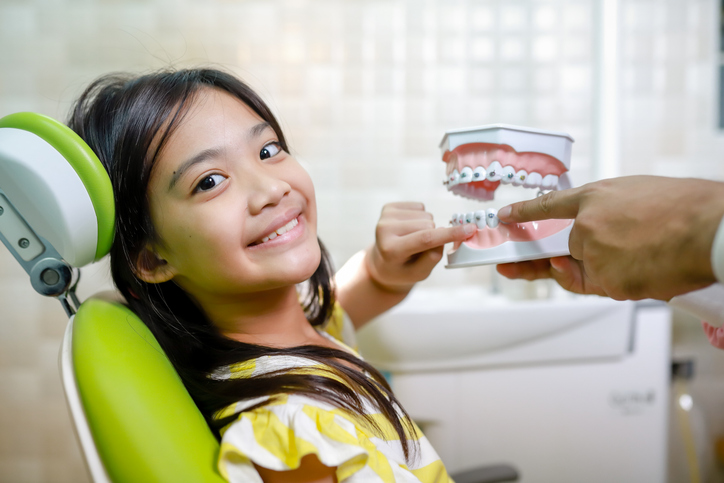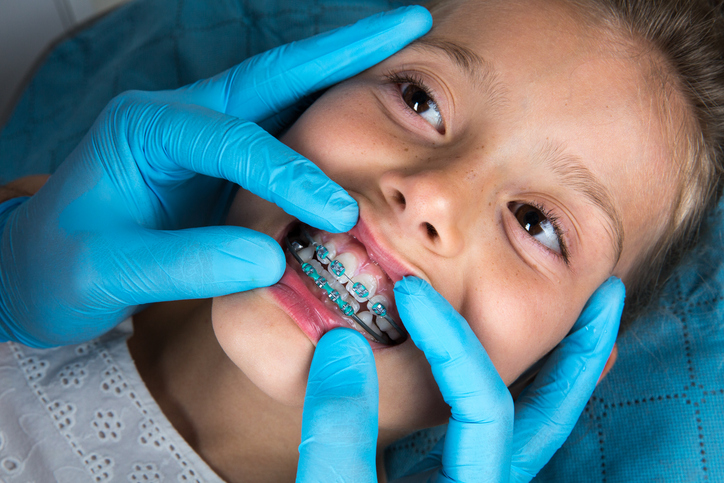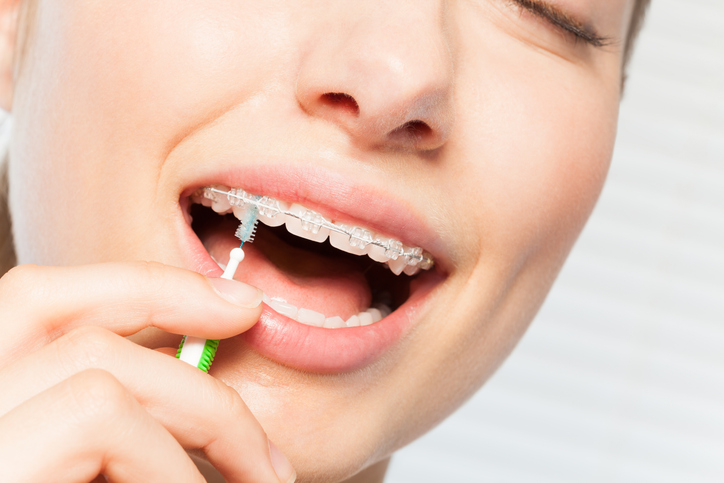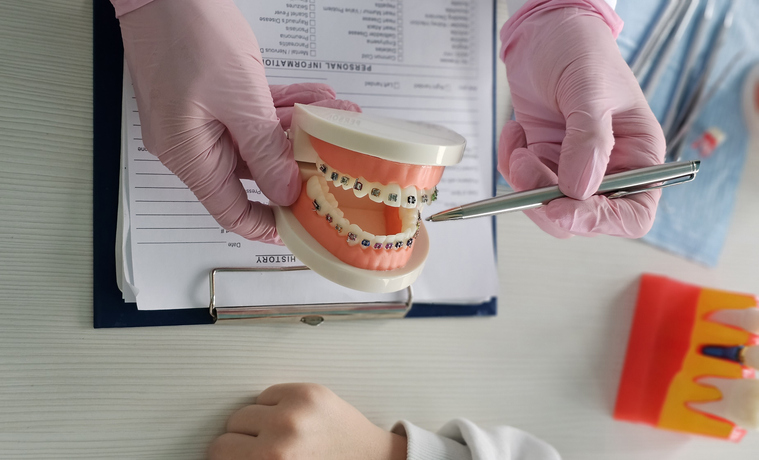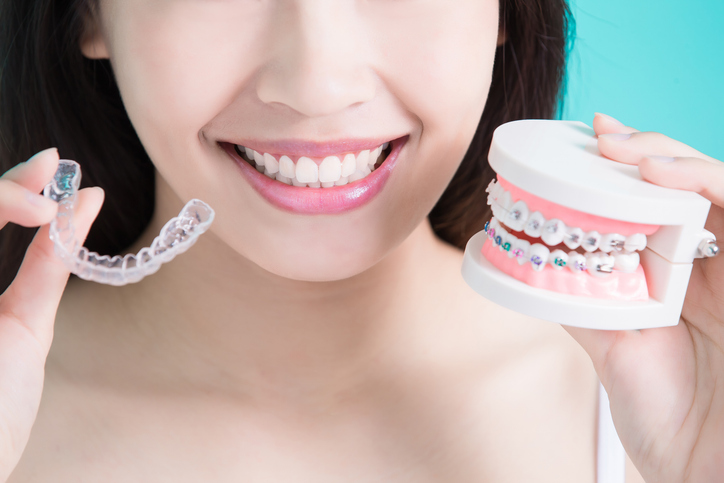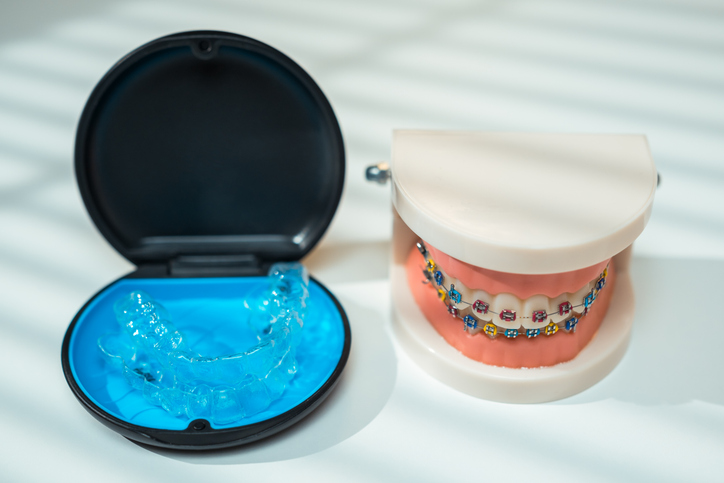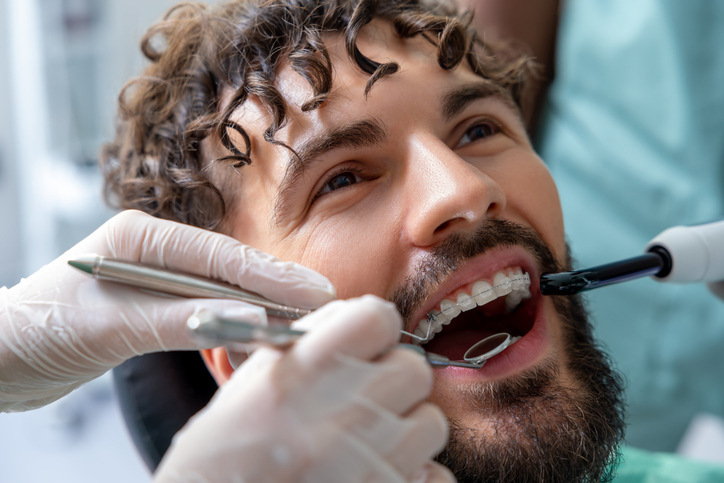
When most people think of braces, they picture teenagers smiling through middle school and high school with shiny metal brackets. However, orthodontic treatment is no longer just for kids and teens. At Thai Orthodontics, many of our patients are adults who have decided it is finally time to achieve the confident, healthy smile they have always wanted. Whether you live in Grove City or Hilliard, OH, our team, led by Dr. Lauren Thai, helps patients of all ages discover that it is never too late to start orthodontic treatment.
Braces Are Not Just for Kids Anymore
In the past, braces were seen as a rite of passage for young people. Today, more adults than ever before are choosing to straighten their teeth. According to the American Association of Orthodontists, nearly one in four orthodontic patients is an adult. This growing trend reflects how accessible and comfortable modern orthodontic care has become.
Many adults did not have the opportunity to get braces when they were younger, or they may have had orthodontic treatment that shifted over time. Others are ready to invest in themselves after years of putting family or career first. Whatever the reason, the results are the same. Patients enjoy improved confidence, better oral health, and a smile that makes a lasting impression.
Why Adults Are Choosing Braces and Invisalign
Adults often seek orthodontic treatment for more than cosmetic reasons. While a straight smile certainly boosts confidence, properly aligned teeth also contribute to long term dental health. Here are common reasons adults choose braces or Invisalign at Thai Orthodontics:
1. Improved Confidence and Self Esteem
Your smile plays a major role in how you present yourself. Crooked, crowded, or uneven teeth can make some people feel self conscious when speaking, laughing, or taking photos. Orthodontic treatment can restore confidence, making social and professional interactions more comfortable and natural.
2. Better Oral Health
When teeth are misaligned or crowded, it can be difficult to clean between them effectively. This can lead to plaque buildup, tooth decay, and gum disease. Straightening your teeth makes brushing and flossing easier, which helps protect your teeth and gums for years to come.
3. Functional Benefits
A misaligned bite can cause uneven wear on teeth, difficulty chewing, and jaw pain or headaches. Braces or clear aligners can correct bite issues, helping your teeth come together properly and reducing stress on the jaw joint.
4. Discreet Treatment Options
Modern orthodontic technology has transformed the experience for adult patients. Many adults are drawn to Invisalign, which uses clear, removable aligners that blend with your natural smile. Others prefer clear ceramic braces, which are less noticeable than traditional metal brackets. Both options offer effective, customized results with a comfortable experience.
What to Expect from Adult Orthodontic Treatment
At Thai Orthodontics, your journey begins with a comprehensive consultation. Dr. Thai will examine your teeth, gums, and bite to determine the best treatment approach for your needs. Advanced digital imaging allows precise planning, so you can understand how your smile will change over time.
Adults often wonder whether age affects treatment success. The good news is that teeth can move at any age as long as the surrounding bone and gum tissues are healthy. Treatment times vary depending on your goals and the complexity of your case, but many adult patients complete their orthodontic journey within 12 to 24 months.
Dr. Thai designs treatment plans that fit your lifestyle. For adults who prefer a more discreet look, Invisalign is a popular choice. For patients who need more detailed adjustments, clear or traditional braces may be recommended. Regardless of the method, the result is the same. You gain a beautiful, healthy, and functional smile.
The Health Benefits of a Straight Smile
Orthodontic treatment does more than enhance appearance. Straight teeth are easier to care for and can improve overall oral health. Key benefits include:
- Reduced risk of tooth decay. Straight teeth are easier to clean, which helps prevent plaque buildup that can lead to cavities.
- Healthier gums. Proper alignment reduces pockets where bacteria can hide, lowering the risk of gum disease.
- Better chewing and digestion. A properly aligned bite allows you to chew food more efficiently, aiding digestion and reducing strain on your jaw.
- Less jaw pain. Correcting bite problems can help relieve tension in the jaw joint, which may reduce headaches and discomfort.
- Preservation of teeth. Even alignment distributes bite forces evenly, reducing wear and helping teeth last longer.
Orthodontic care is an investment in both health and confidence. By improving alignment, you not only achieve a more attractive smile but also protect your teeth and gums for the long term.
Common Concerns About Adult Braces
Some adults hesitate to get braces because they worry about the appearance or comfort of treatment. Today’s technology addresses these concerns. Clear aligners and ceramic braces are subtle, and most patients adjust quickly. Any initial tenderness is usually mild and temporary, most often during the first few days after adjustments or when switching to a new aligner set.
Another concern is time. Many adults are pleasantly surprised to learn that treatment often takes less time than expected. Regular checkups every six to eight weeks keep progress on track, and consistent wear of aligners or careful maintenance of braces ensures the best possible results.
Cost is also a common question. Thai Orthodontics offers flexible payment options to make treatment affordable. Our team works with you to find a financial plan that fits your budget.
You Are Never Too Old to Improve Your Smile
There is no age limit for orthodontic care. Whether you are in your 30s, 50s, or 70s, you can still benefit from properly aligned teeth. The key factor is the health of your teeth and gums. Dr. Thai will evaluate your oral health during your initial consultation to make sure orthodontic treatment is the right fit for you.
Patients are often amazed by how much a straighter smile can transform their appearance and confidence. It is one of the most rewarding investments you can make in yourself, no matter your age.
Schedule Your Consultation at Thai Orthodontics
If you have ever wondered whether you are too old for braces, the answer is simple. You are not. Orthodontic treatment can improve your smile, your confidence, and your overall oral health at any stage of life.
Dr. Thai and her team at Thai Orthodontics proudly serve patients in Grove City and Hilliard, Ohio, offering personalized treatment options designed for your unique goals. Whether you are interested in braces or Invisalign, we are here to help you achieve a smile that makes you feel your best.
Contact us today to schedule your free consultation and take the first step toward a healthier, more confident smile.

